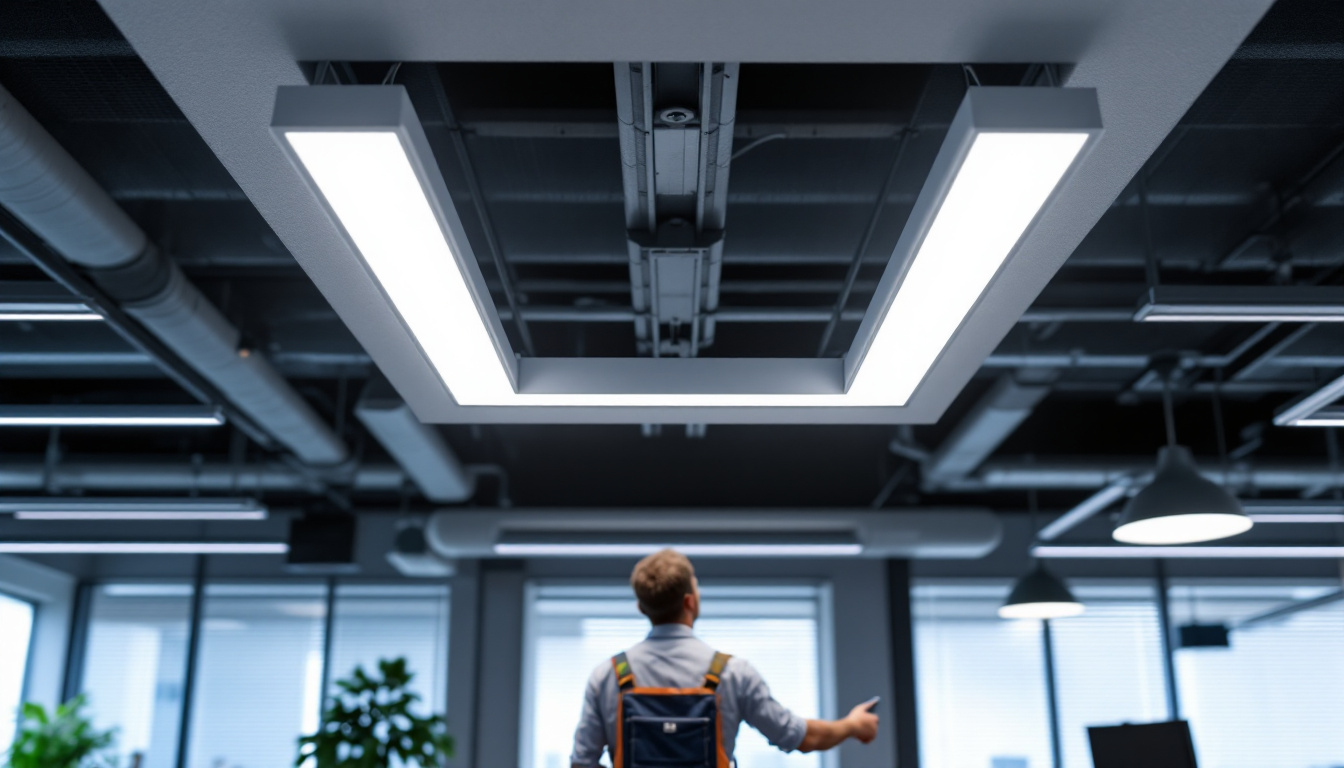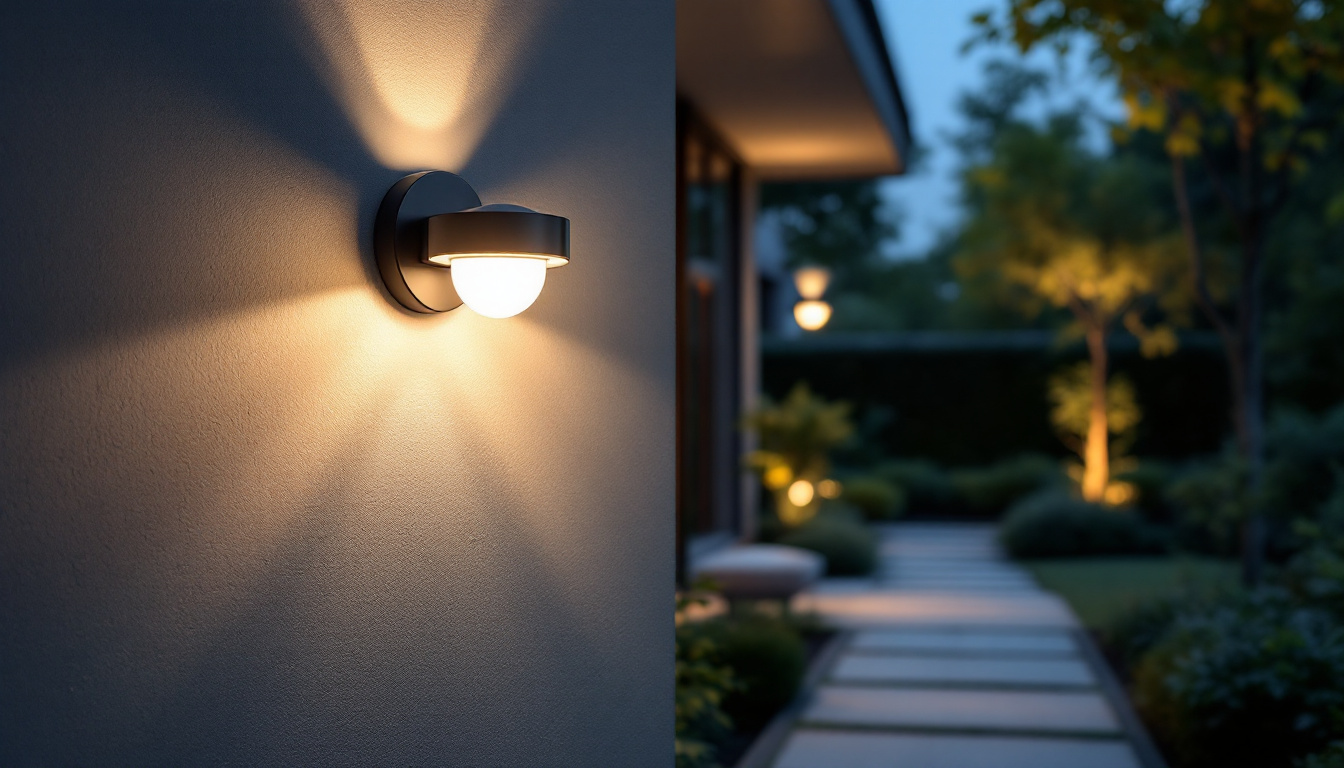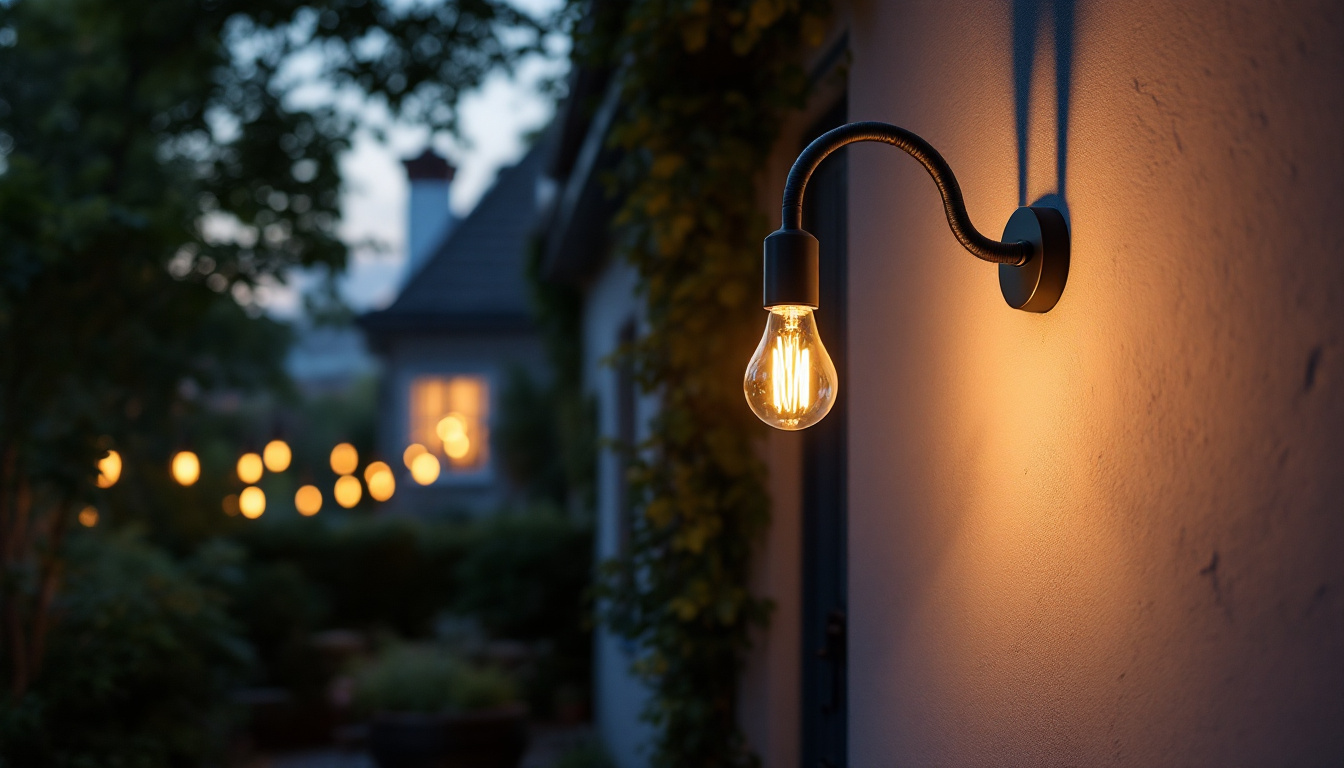

Lighting contractors play a crucial role in ensuring that commercial and industrial spaces are adequately illuminated. The choice of lighting fixtures can significantly impact energy efficiency, safety, and overall aesthetics. Among the various options available, 8-foot LED shop lights have gained popularity for their versatility and efficiency. However, even seasoned contractors can make mistakes when selecting and installing these fixtures. This article explores common pitfalls and offers insights to enhance the quality of lighting projects.
Before diving into common mistakes, it’s essential to understand what 8-foot LED shop lights are and why they are favored in many applications. These fixtures typically provide high lumen output, making them suitable for large spaces such as warehouses, garages, and manufacturing facilities. Their elongated design allows for efficient coverage of expansive areas, ensuring that every corner is well-lit and functional.
LED technology offers numerous advantages over traditional lighting solutions, including lower energy consumption, longer lifespan, and reduced heat output. This not only translates to cost savings but also contributes to a more sustainable approach to lighting. The longevity of LED lights means less frequent replacements, which not only saves money but also reduces waste, making them an eco-friendly choice. Furthermore, the low heat output of LEDs minimizes the risk of overheating, making them safer for use in environments where heat buildup could be a concern.
When selecting 8-foot LED shop lights, contractors should consider several key features. These include lumen output, color temperature, and beam angle. Lumen output indicates the brightness of the fixture, while color temperature affects the ambiance of the space. A cooler color temperature may be preferable in work environments, whereas warmer tones can create a more inviting atmosphere. For instance, a color temperature around 5000K is often chosen for its daylight-like quality, which can enhance visibility and focus in work settings.
Additionally, the beam angle determines how light is distributed in the area. A wider beam angle may be beneficial for general illumination, while a narrower angle can be ideal for task lighting. Understanding these features is vital for making informed decisions that meet the specific needs of the project. Moreover, many modern LED shop lights come with adjustable settings, allowing users to customize the brightness and color temperature based on the time of day or specific tasks at hand. This versatility can significantly enhance the functionality of a workspace, catering to different activities ranging from detailed assembly work to general storage and organization.
Choosing the right fixtures is fundamental to the success of any lighting project. However, contractors often make several common mistakes during this phase.
One of the most significant errors is failing to calculate the necessary lumen output for the space. Each area has specific lighting requirements based on its function, and neglecting to assess these needs can result in inadequate illumination. This oversight can lead to safety hazards and decreased productivity.
To avoid this mistake, contractors should conduct a thorough evaluation of the space, considering factors such as ceiling height, surface reflectance, and the tasks performed in the area. Utilizing lighting design software can also aid in determining the appropriate lumen output for optimal performance. Additionally, it is crucial to consider the layout of the fixtures themselves; proper placement can enhance light distribution and minimize shadows, ensuring that every corner of the space is adequately lit. Engaging with the end-users during the planning phase can provide valuable insights into their specific lighting needs, further refining the selection process.
Another common mistake is not paying attention to color temperature. The color temperature of LED lights can significantly influence the mood and functionality of a space. For instance, a cooler color temperature (5000K and above) is often preferred in industrial settings, as it mimics daylight and enhances visibility.
On the other hand, warmer color temperatures (3000K to 4000K) may be more suitable for areas where comfort and ambiance are prioritized. By disregarding color temperature, contractors risk creating environments that are either too harsh or too dim for the tasks at hand. Furthermore, it’s essential to consider how color temperature can affect color rendering; spaces where color accuracy is vital, such as art studios or retail environments, require fixtures that provide a high Color Rendering Index (CRI). This ensures that colors appear true to life, enhancing both the aesthetic appeal and functionality of the space. Therefore, understanding the psychological effects of different color temperatures can lead to more thoughtful and effective lighting solutions that cater to the specific needs of each environment.
Proper installation is crucial for maximizing the benefits of 8-foot LED shop lights. Unfortunately, several installation errors can undermine performance and safety.
One prevalent installation mistake is mounting lights at the wrong height. The height at which fixtures are installed can significantly affect light distribution and intensity. If lights are mounted too high, they may not provide adequate illumination for tasks, while lights mounted too low can create glare or uneven lighting.
To determine the optimal mounting height, contractors should consider the type of work being performed and the layout of the space. A well-planned installation can enhance visibility and create a safer working environment.
Electrical considerations are another critical aspect that contractors must not overlook. This includes ensuring that the electrical supply can handle the load of the new fixtures. Failing to account for electrical capacity can lead to flickering lights, tripped breakers, or even electrical fires.
Additionally, proper wiring and connections are essential for the longevity of LED fixtures. Contractors should ensure that all connections are secure and that the correct gauge of wire is used to prevent overheating and potential hazards.
Even after installation, maintenance is vital for ensuring the longevity and performance of 8-foot LED shop lights. Contractors often overlook maintenance considerations, which can lead to premature fixture failure.
Over time, dust and debris can accumulate on light fixtures, reducing their efficiency and brightness. Contractors should advise clients on the importance of regular cleaning and maintenance to keep fixtures operating at peak performance.
Implementing a maintenance schedule can help ensure that lights remain clean and functional, ultimately extending their lifespan and reducing replacement costs.
As technology advances, newer LED options may offer improved efficiency and features. Contractors should stay informed about the latest developments in LED technology and be prepared to recommend upgrades when appropriate. This not only benefits clients but also positions contractors as knowledgeable professionals in the field.
Energy efficiency is a significant selling point for LED lighting, but contractors can make mistakes that undermine these benefits.
Many contractors fail to incorporate lighting controls and sensors into their designs. These technologies can optimize energy usage by adjusting lighting based on occupancy and natural light levels. By neglecting to implement these solutions, contractors may miss opportunities to enhance energy efficiency and reduce operational costs for clients.
Integrating smart lighting solutions can lead to significant savings over time, making it a worthwhile investment for both contractors and their clients.
Contractors often focus solely on the initial cost of fixtures without considering the total cost of ownership. This includes energy savings, maintenance costs, and potential rebates or incentives for energy-efficient installations. By providing clients with a comprehensive understanding of the long-term financial benefits, contractors can help them make informed decisions that align with their budget and sustainability goals.
Successful lighting projects hinge on understanding client needs and expectations. However, contractors sometimes make mistakes in this area that can lead to dissatisfaction.
Effective communication is key to ensuring that clients’ needs are met. Contractors should take the time to discuss project goals, preferences, and any specific requirements. Failing to engage in open dialogue can result in misunderstandings and ultimately lead to a final product that does not meet client expectations.
Regular check-ins throughout the project can help maintain transparency and foster a collaborative relationship between contractors and clients.
Clients appreciate having choices when it comes to lighting solutions. Contractors who present only one option may limit the client’s ability to make informed decisions. Providing a range of options, including different styles, features, and price points, empowers clients to select the best solution for their needs.
By offering multiple choices, contractors can enhance client satisfaction and build trust, leading to potential referrals and repeat business.
In the competitive field of lighting contracting, avoiding common mistakes can set professionals apart. By understanding the nuances of 8-foot LED shop lights, contractors can make informed decisions that enhance the quality of their projects.
From selecting the right fixtures to ensuring proper installation and maintenance, attention to detail is paramount. By prioritizing energy efficiency, understanding client needs, and staying informed about technological advancements, contractors can deliver exceptional lighting solutions that meet and exceed client expectations.
Ultimately, a commitment to quality and continuous improvement will not only benefit contractors but also contribute to safer, more efficient, and aesthetically pleasing environments for clients.
Ready to elevate your lighting projects and avoid common pitfalls? Choose LumenWholesale for your lighting needs and experience the difference quality can make. With our extensive selection of spec-grade lighting products, you’ll find the perfect 8-foot LED shop lights to meet the highest industry standards. Say goodbye to inflated markups and hello to unbeatable wholesale prices, free shipping, and the convenience of hassle-free bulk buying. Don’t compromise on quality or value; let LumenWholesale be your partner in creating efficient, safe, and aesthetically pleasing environments. Take the next step towards superior lighting solutions by visiting Wholesale Lighting at the Best Value today.

Discover the transformative impact of 2X2 LED drop ceiling lights on modern lighting projects.

Discover essential insights and practical tips for lighting contractors on selecting and installing exterior motion lights.

Discover the essentials of LED retrofit lighting kits and why they’re a game-changer for lighting contractors.

Discover the benefits of gooseneck lights with exterior straight arms in this insightful article.
Get notified when NEW deals are released.
Optimize your budget with wholesale discounts.
Only top-quality, specification-grade lighting products.
No additional costs at checkout - what you see is what you pay.
We understand the unique needs of contractors.